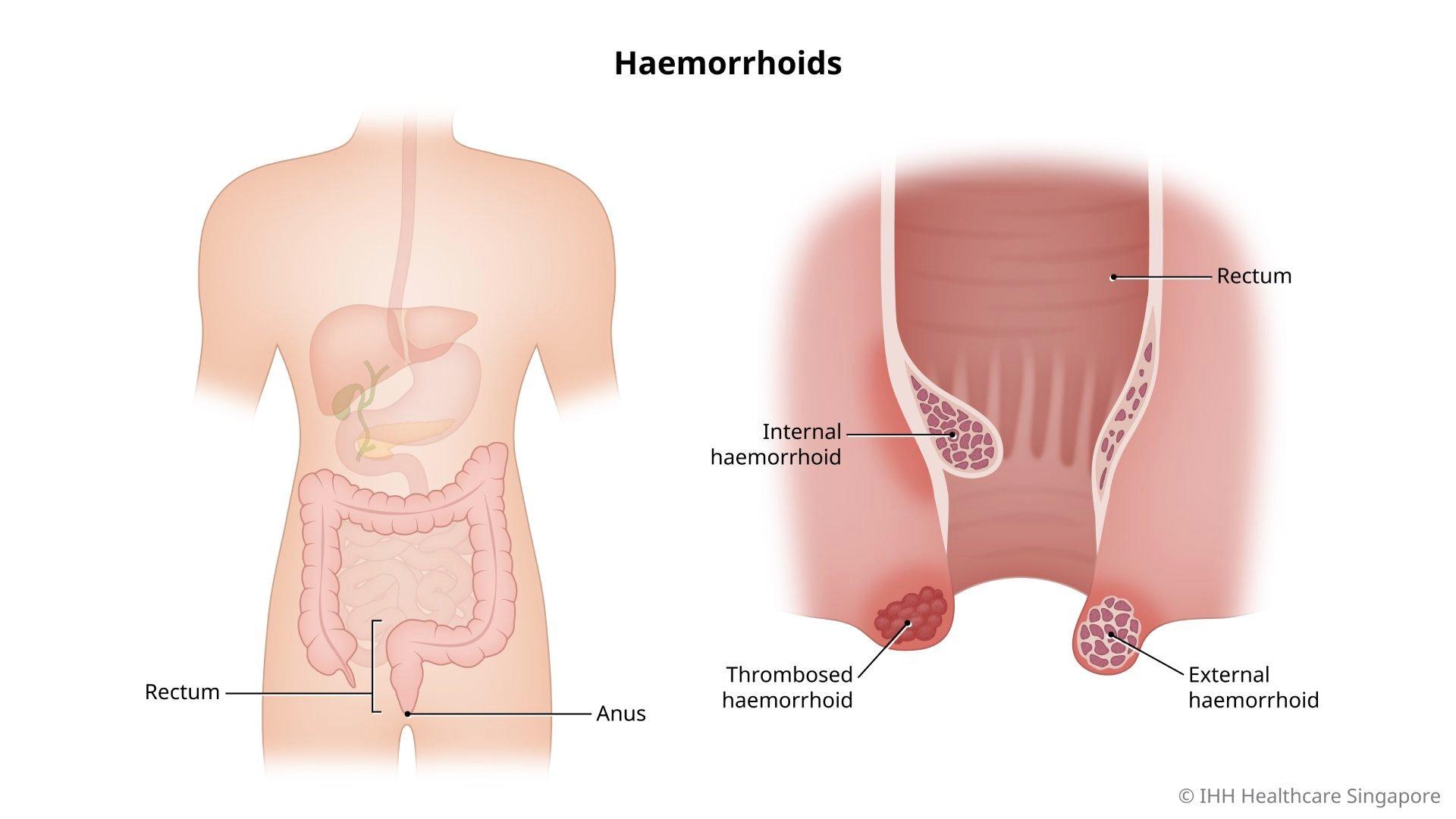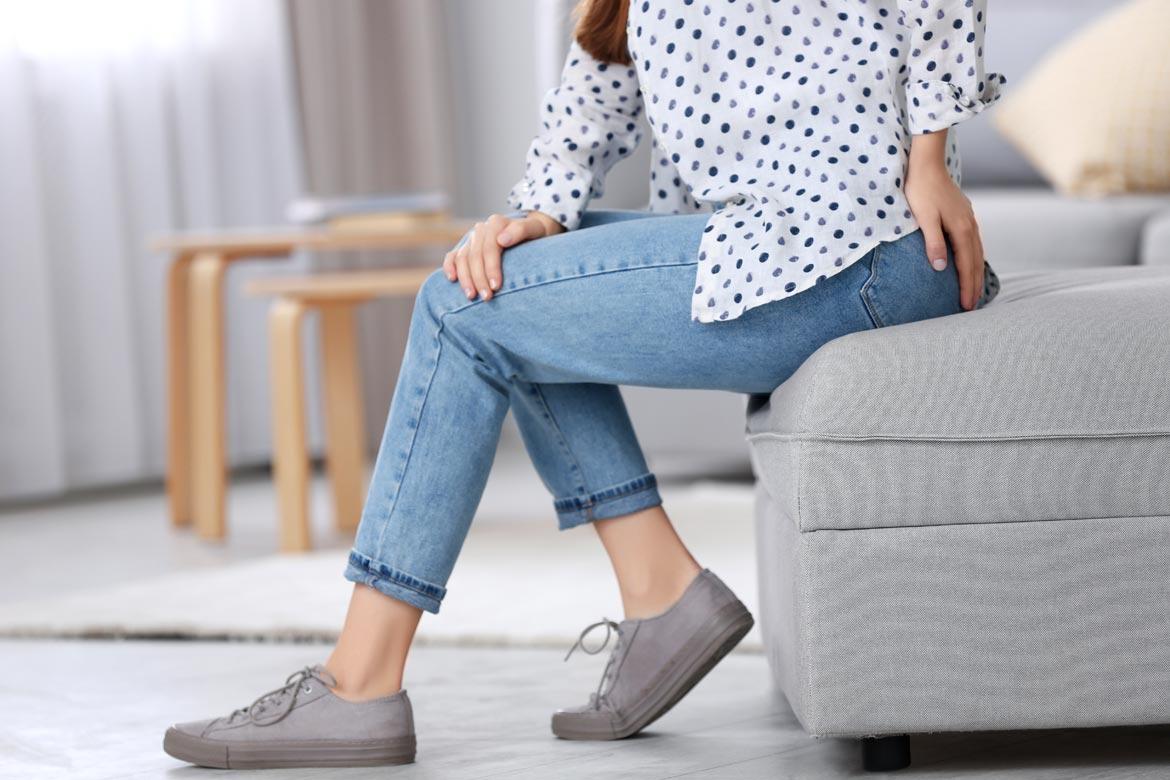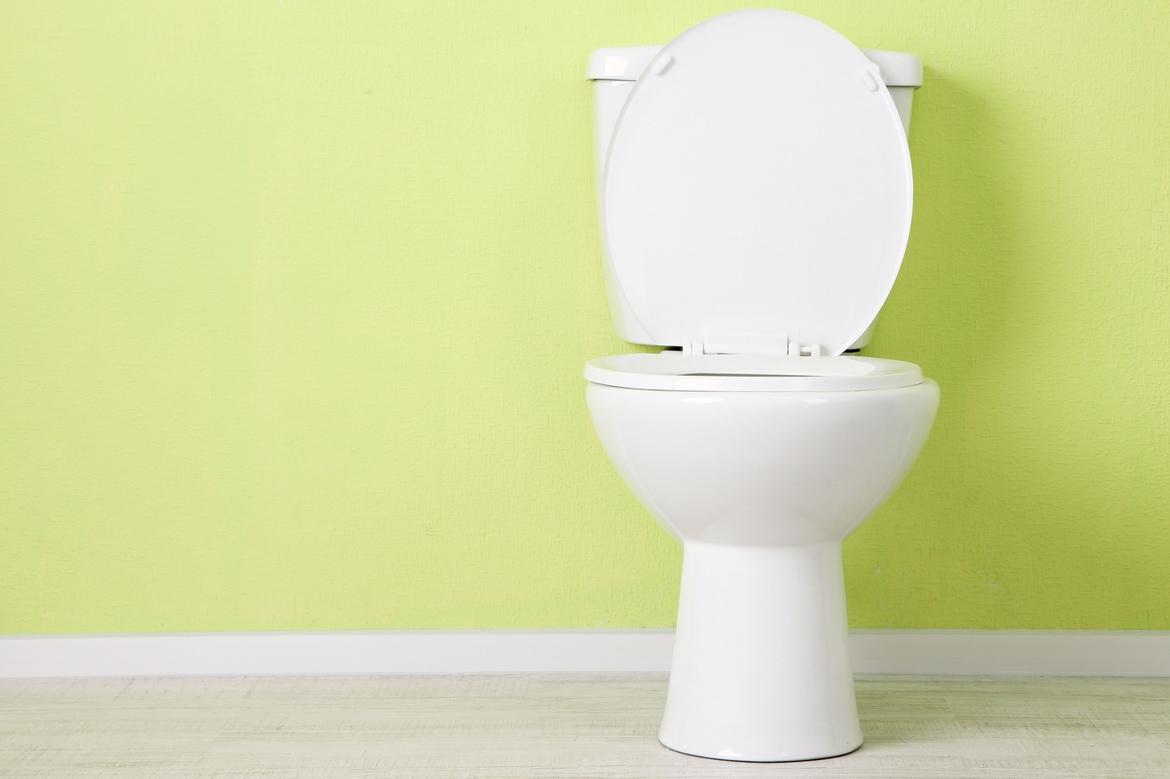-
-
Featured Care Areas

Haemorrhoids (Piles)
What are haemorrhoids?
Haemorrhoids, also known as piles, is a condition in which the veins around the anus or lower rectum become swollen or inflamed.
Types of haemorrhoids
There are 3 types of haemorrhoids:
- Internal haemorrhoids
- External haemorrhoids
- Thrombosed haemorrhoids
What are the symptoms of haemorrhoids?
Symptoms depend on the type of haemorrhoids (piles).
External haemorrhoids – Symptoms include:
- Itch
- Irritation
- Pain in the anus and surrounding area
- Swelling
- Bleeding
Internal haemorrhoids – Internal piles usually cannot be seen and rarely cause discomfort. However, straining or irritation during bowel movement can cause:
- Bleeding
- Prolapsed or protruding haemorrhoid, which may cause pain
Thrombosed haemorrhoids – This is due to a clot or thrombus forming in the haemorrhoid. You will feel a hard lump near the anus which is swollen, inflamed and painful.
Other symptoms of haemorrhoids include:
- Blood in your stools
- Itching at the anus
- Lump at the anus
Note: Symptoms of piles may resemble those of colorectal cancer. Consult your doctor for a full assessment and accurate diagnosis.
What causes haemorrhoids?
Haemorrhoids are associated with increased pressure or straining. Causes include:
- Straining during bowel movement
- Chronic constipation or diarrhoea
- Obesity
- Constant heavy lifting
- Long hours standing
- Sitting for a long period of time, especially on the toilet
- Family history of haemorrhoids
- Pregnancy
What are the risk factors for haemorrhoids?
In Singapore, 1 in 3 people suffer from haemorrhoids. It is especially common in people above 40 years old and during pregnancy.
Risk factors that contribute to the development of haemorrhoids include:
- Obesity
- Family history
- Sedentary lifestyle
- Low-fibre diet or an excessively high-fibre diet
- Poor toilet habits such as overstraining or sitting on the toilet bowl for long periods of time, which places increasing pressure on the haemorrhoids
What are the complications and related diseases of haemorrhoids?
Complications from haemorrhoids are uncommon, but may include:
- Anaemia. This is due to blood loss from chronic haemorrhoids.
- Blood clot. This is also known as a thrombosed haemorrhoid. Surgery may be required in some cases.
How do you prevent haemorrhoids?
To prevent or reduce your risk of getting haemorrhoids (piles):
- Do not delay bowel movement. Your stools may dry up and harden. This may lead to straining and increase your risk of developing haemorrhoids. It can also turn painless internal haemorrhoids into painful external haemorrhoids.
- Avoid spending long periods on the toilet. Prolonged sitting on the toilet places additional stress on the blood vessels in the anus.
- Consume more fibre. This helps to prevent constipation and straining. Alternatively, consider taking fibre supplements.
- Drink more water. This helps to avoid dehydration, which contributes to dry, hard stools and constipation.
- Exercise regularly. This prevent digestive problems by encouraging the movement of food and waste through your digestive tract. However, avoid sports or activities that involve heavy lifting.
Haemorrhoids can recur after you have recovered. Therefore, adopt healthy lifestyle habits to avoid future episodes of piles.
This page has been reviewed by our medical content reviewers.
Need help?
For enquiries, please call
+65 6575 7575
For appointment bookings, please WhatsApp
+65 8111 9777







